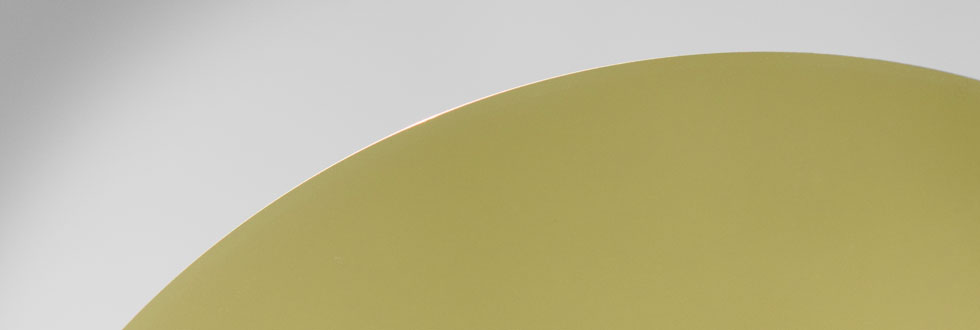
Silicon Carbide (SiC)
- Elements
- Silicon (Si), Carbon (C)
- Substance Type
- Compound Material
Overview
Silicon Carbide (SiC), also called Moissanite, is a compound that is known to be the third hardest material, only after diamond and boron carbide. Naturally almost nonexistent, they are only found in very small amounts in meteorites. Refining method of synthetic silicon carbide was discovered by accident by Edison's assistant, Edward Goodrich Acheson, while he was performing experiments on synthetic diamond production. With its comparable reflectivity and transparency to that of diamond and significantly cheaper costs, it is also widely used in jewelry.
Elements, Chemical Composition and Structure
Silicon Carbide is a compound that consists of carbon (C) and silicon (Si) elements in 1:1 ratio. While its components are always the same, it can have various crystal structures depending on the location of the silicon elements in the matrix. Each polymorphous crystal structure is designated with a letter; "C" for cubic, "H" for hexadecimal and "R" for rhombohedral. The most common polymorphous crystalline structures for SiC are 3C, 4H, 6H and 15R. SiC with 4H crystal structure is commonly used in automobiles, household appliances and power electronics.
Properties
Silicon carbide is an extremely hard material; along with boron carbide, it has a Mohs hardness between 9-10, compared to diamond, the hardest known material, which is 10. This makes it extremely wear-resistant. It has a higher dielectric strength than other silicon containing materials, has wide bandgap and high thermal conductivity, heat and corrosion resistant. Due to these properties, they are very suitable for semiconductor applications for use in extreme environments.
Production
Silicon carbide is generally made by using an Acheson graphite electric resistance furnace. Silica and carbon are combined in the furnace at 2200℃ into an ingot. Main steps of the process is "Putting the raw materials into the furnace", "Passing electric current", "Cooldown of the product" and "Taking silicon carbide ingot out of the furnace", each of which can take up to several days. The ingot is then further refined, pulverized, refined again and finally sifted to the desired grain size and made into the final product.
Practical Applications
Due to its higher dielectric strength, band gap and wider doping range, SiC has been replacing silicon as the raw material in power semiconductors. It is also being used as the substrate material in high luminance blue LEDs, high speed, high dielectric strength, on-resistance Schottky barrier diodes and MOSFETs. They can also be found in nuclear power applications due to their high heat resistance and thermal conductivity and durability.
DISCO's processing solutions
DISCO's grinders, dicing and laser saws can be used when cutting and grinding substrate materials.
If you require solutions for your processing issues,
please contact DISCO CORPORATION.
-
Please contact DISCO CORPORATION.
Please feel free to contact us through the inquiry form or via phone call.
Inquiries -
Consultation for non-chargeable processing
If you are struggling with any processing issues,
please contact DISCO.Service details -
Easy confirmation in thirty seconds!
Online processing feasibility confirmationJust enter the conditions
Easy processing evaluation







